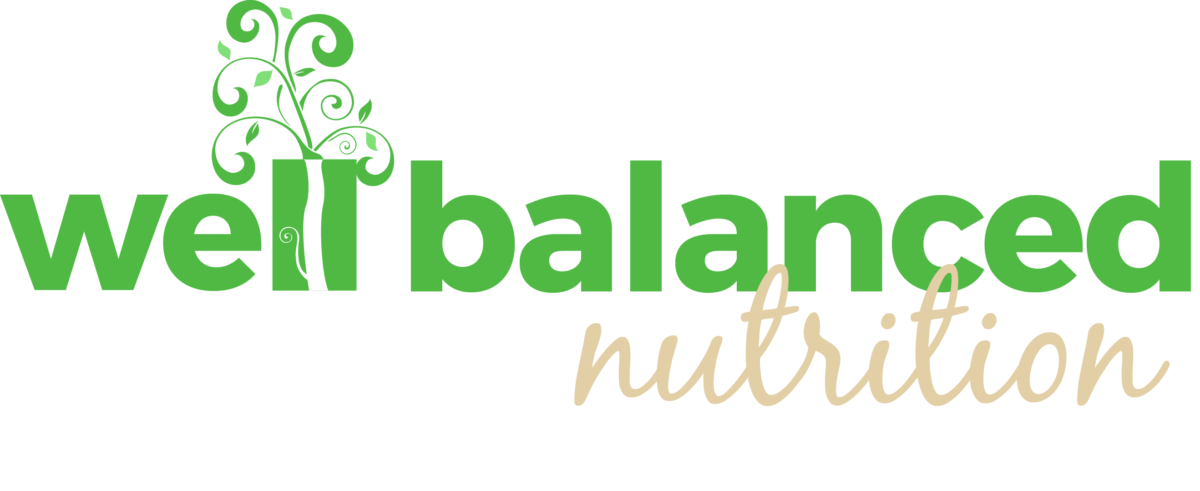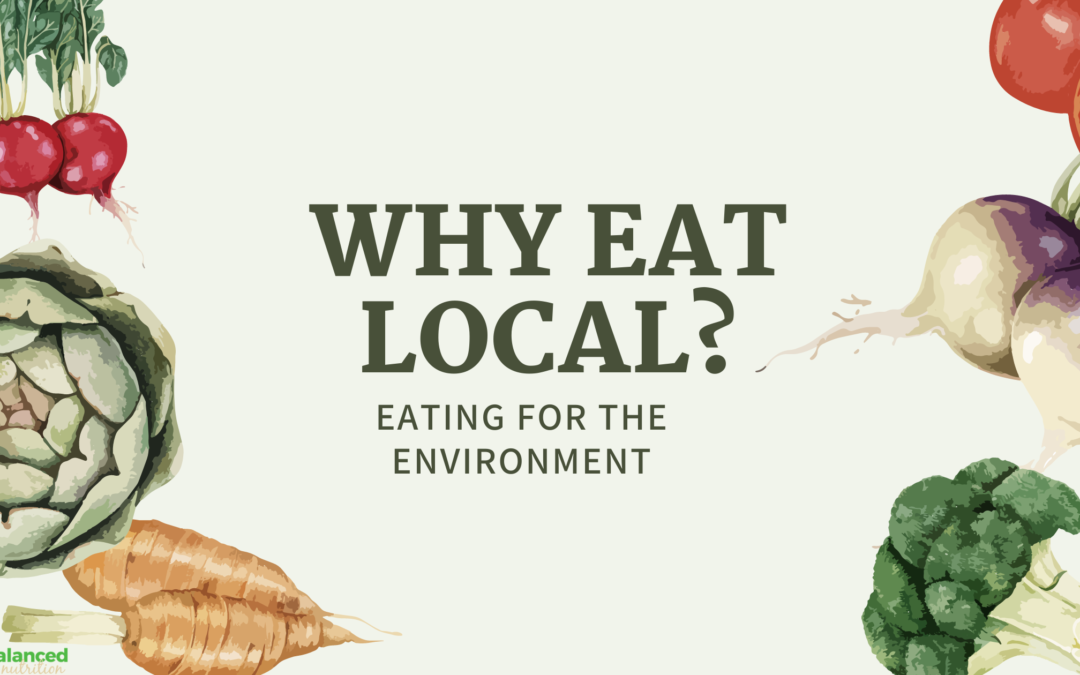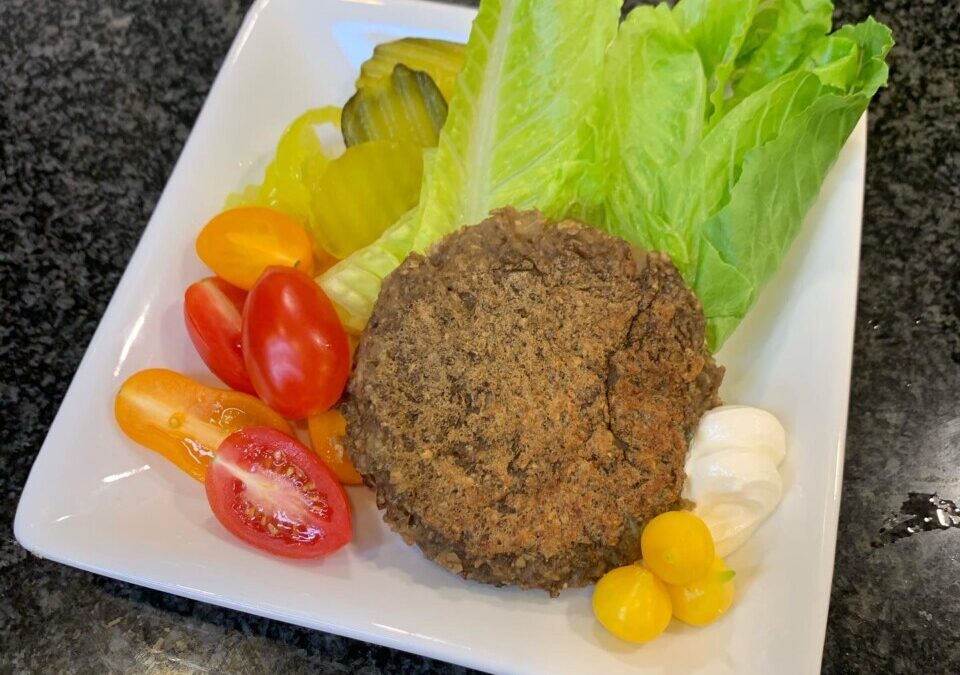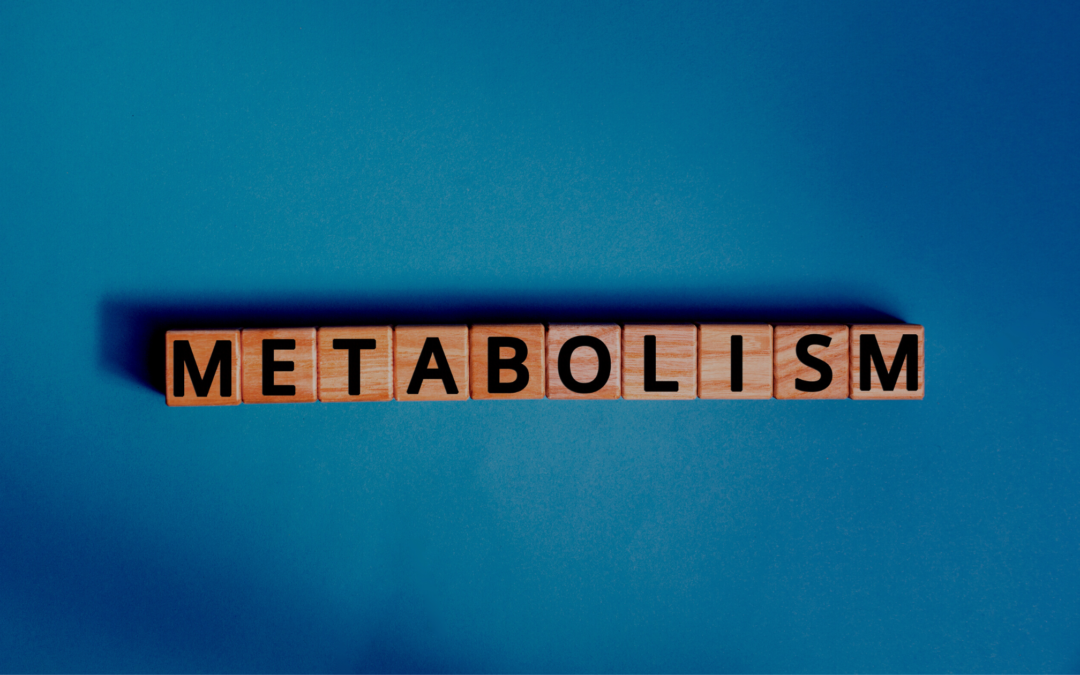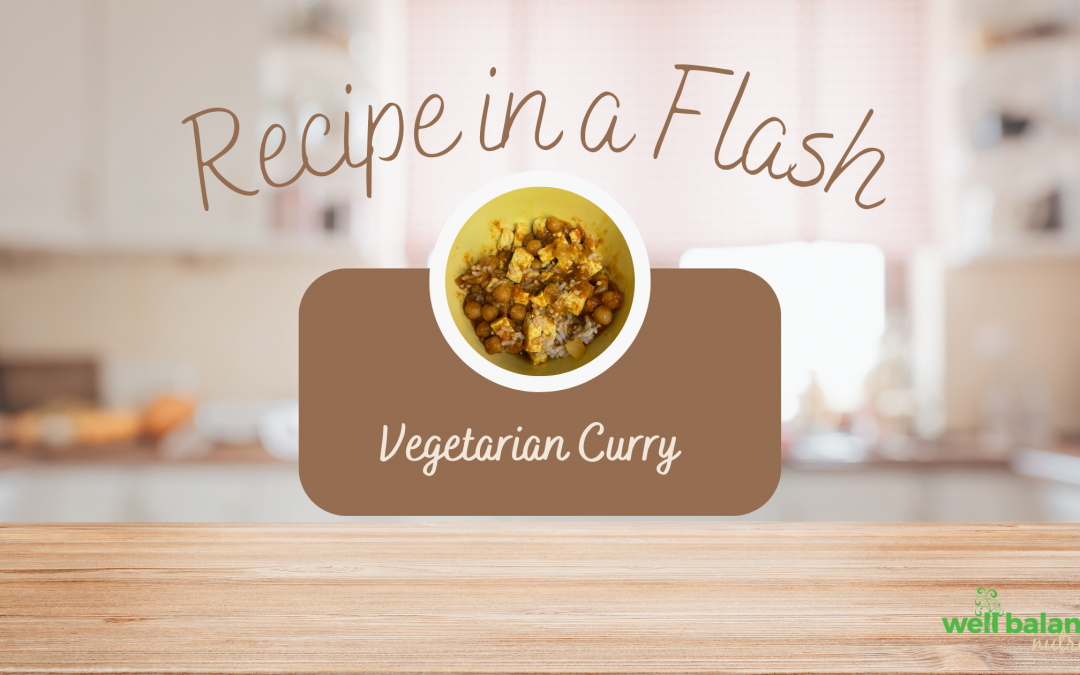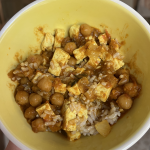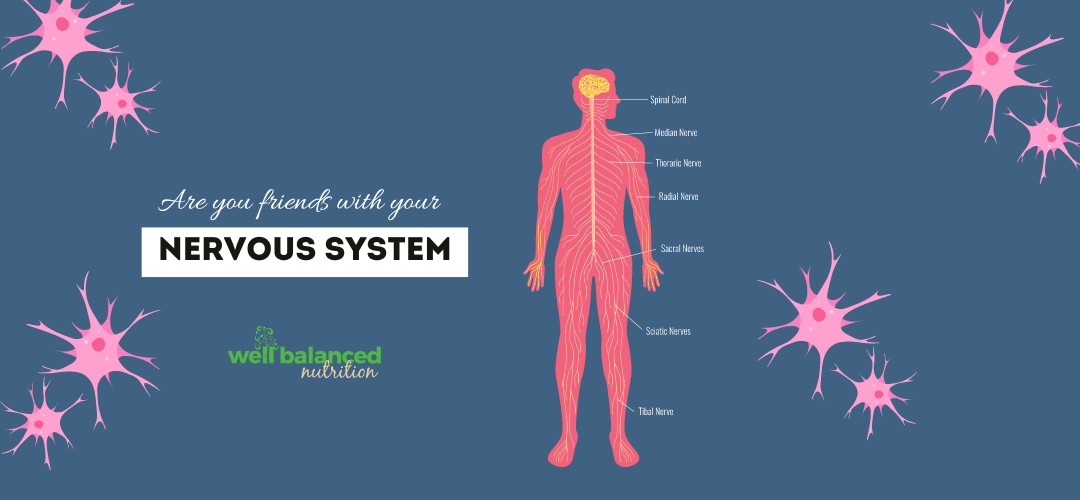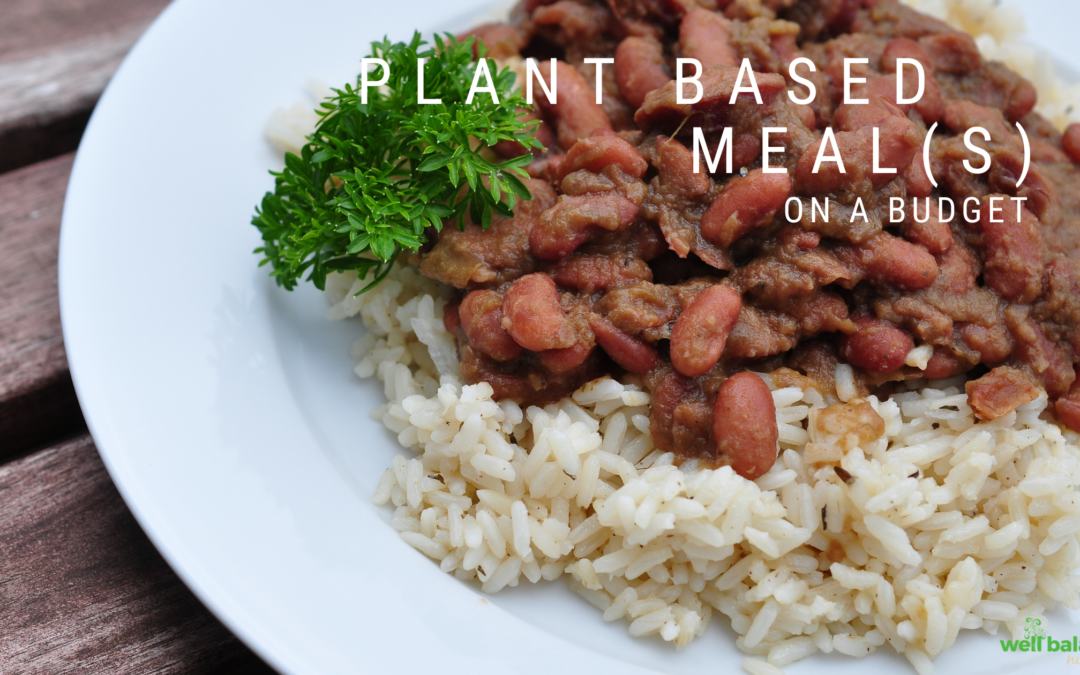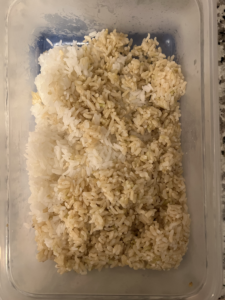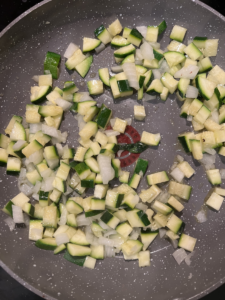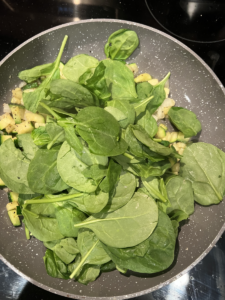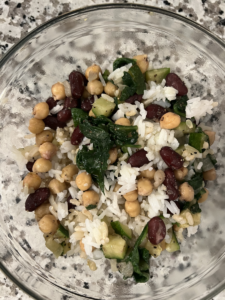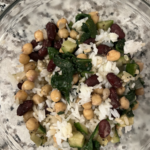
Gift Yourself a Healthy New Year
During the season of giving to others, you deserve something special too. And there is no better gift than the one you give yourself. Besides, the transition into the new year is the perfect time to treat yourself to something that’ll make it even better. If you’re thinking, “What am I supposed to get myself?”, don’t worry, because you’re in the right place. We have waited all year to share some of our favorite things that make Well Balanced living easier.
- For the meal planner: A weekly meal planning notepad
This notepad allows you to write all your meals in one place while also serving as a grocery list
- For the cook: A veggie chopper/spiralizer
Save time in the kitchen with this awesome kitchen tool that serves as a veggie chopper, dicer, and spiralizer. - For the egg lover: DASH rapid egg cooker
This contraption not only makes poached, hard-boiled, and scrambled eggs, but it also can be used for omelets! Bonus: it comes in cute colors - For those who don’t have much time to cook- A slow cooker
If time is limited, a slow cooker may be what you need. It can provide a wide variety of meals without the hassle of prep and kitchen clean up. Plus, slow cooker meals can easily provide a week’s worth of lunch or dinners.
- For the environmentally conscious: Stashers
Plastic bags are so 2022. Leave the unnecessary waste behind and invest in reusable silicone storage bags. They’re great for snacks, lunches, traveling, and even safe in the freezer, dishwasher, and microwave. - For those with trouble sleeping: Sleep headphones
If you toss and turn at night, have trouble falling or staying asleep, or simply dislike bulky headphones then this is the gift for you. It is a headband that contains bluetooth speakers making it perfect for sleeping (or exercising). - For the coffee/tea lover: Pressure activated mug warmer
Do you love to sip on something warm throughout the day but get sick of several trips to the microwave? If you said yes, then this gift is what you need. This mug warmer is the perfect addition to your desk, assuring your beverages stay warm all day long. - For those that don’t drink enough water- 64 oz. motivational water bottle
Ditch dehydration with this awesome water bottle that reminds you when to drink. Not only is it motivational, it also provides your daily water needs. - For the busy bee- Home gym equipment
Don’t sweat it if a gym membership isn’t in the cards, this home workout set has enough gear to keep you fit without the weights.. - For those interested in learning more about nutrition- A clarity call with one of our coaches
If you are wanting a friendly guide to walk with you on your health and wellness journey, then it might be time to chat with one of the Well Balanced coaches. Click here to book your complimentary clarity call.
